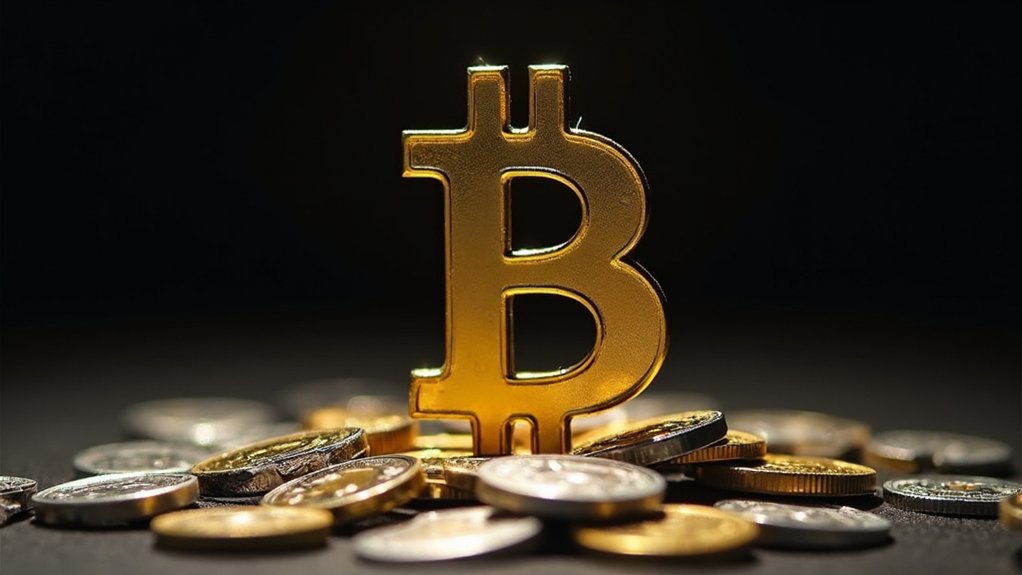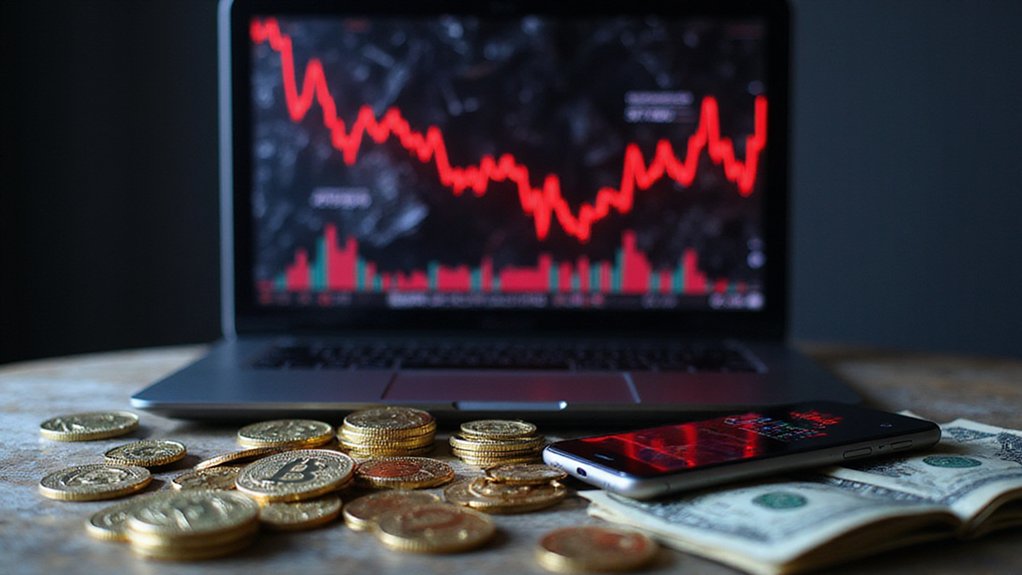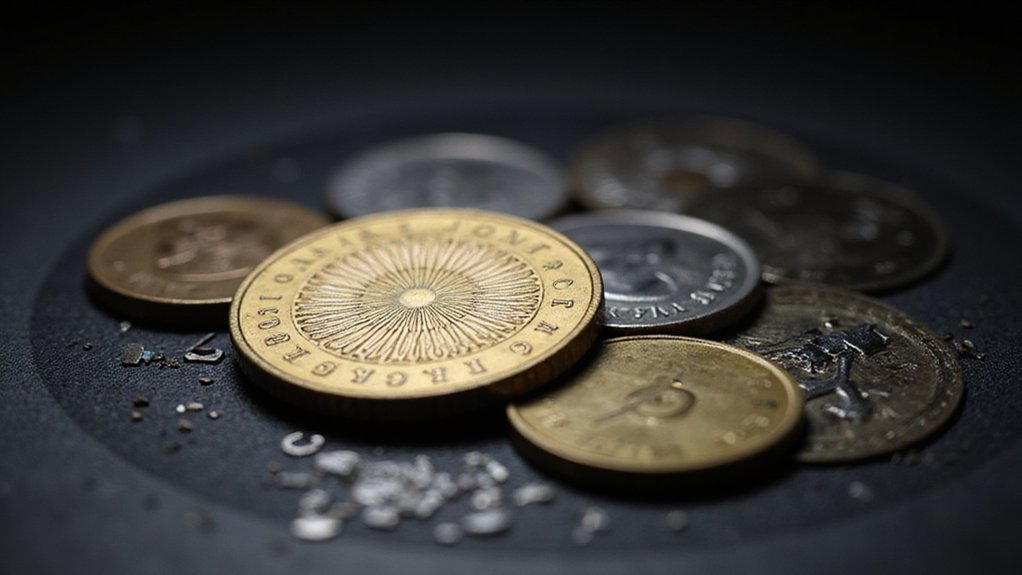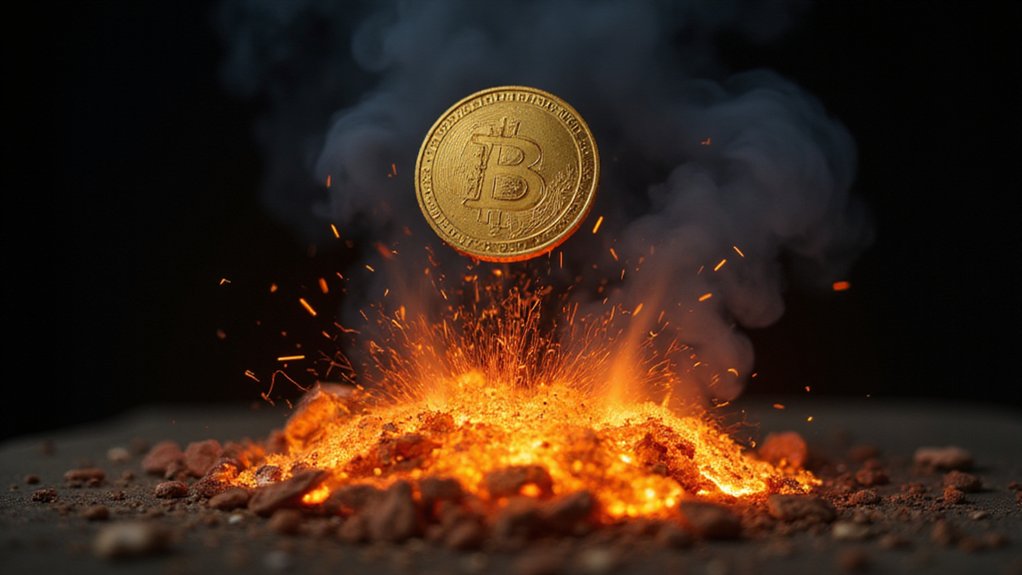Economic desperation, it seems, has become the unlikely architect of South Korea’s cryptocurrency revolution. While Western markets embrace digital assets through ideological fervor for Web3 technology, young Koreans are diving into crypto with the calculated urgency of those seeking financial escape routes. The statistics paint a portrait of a generation that has fundamentally weaponized speculation: 27% of South Koreans aged 20 to 50 now hold cryptocurrency, with the digital asset comprising roughly 14% of their total financial portfolios.
The demographic breakdown reveals fascinating contradictions. Those in their 40s lead the charge with 31% ownership rates, followed closely by thirty-somethings at 28%. Perhaps most tellingly, 78% of fifty-something investors view crypto as a retirement accumulation vehicle—a strategy that would have horrified traditional financial advisors just a decade ago.
The specter of fifty-somethings betting retirement funds on digital tokens reveals just how desperately traditional wealth-building has failed an entire generation.
The shift from speculative dabbling to systematic investment is unmistakable: recurring crypto purchases have surged from 10% to 34% among younger demographics.
What’s particularly striking is how crypto ownership now exceeds traditional stock ownership regarding unique users across South Korea’s 52 million population. With over 16 million crypto users (representing more than 30% of the population), cryptocurrency has achieved something remarkable: mainstream financial legitimacy through sheer adoption volume. The 16 million users collectively hold 102.6 trillion won in crypto assets, demonstrating the substantial scale of South Korea’s digital asset market. Projections suggest this figure could reach 20 million by 2025, assuming current momentum persists.
The investment psychology has evolved beyond mere speculation. Mid-term trading strategies have nearly doubled from 26% to 47%, while 70% of current holders plan to increase their positions—a level of conviction that suggests either remarkable confidence or collective delusion. Despite this optimism, 56% express concerns about market volatility, highlighting the tension between ambition and anxiety that characterizes Korea’s crypto landscape.
The motivations are pragmatic: growth potential, portfolio diversification, and structured savings plans dominate investor reasoning. Stablecoins serve as a crucial parking space for investors looking to temporarily shift away from volatile cryptocurrencies during market turbulence while maintaining their position in the digital asset ecosystem.
Institutional validation appears increasingly vital, with 42% of crypto owners indicating they would expand holdings if traditional financial institutions deepened their market participation. President Lee Jae-myung’s administration seems to have recognized this appetite, fast-tracking crypto integration initiatives including domestic stablecoin issuance.
Whether this represents sound economic policy or capitulation to speculative mania remains an open question—though for millions of young Koreans, crypto has already become their primary vehicle for financial advancement.








